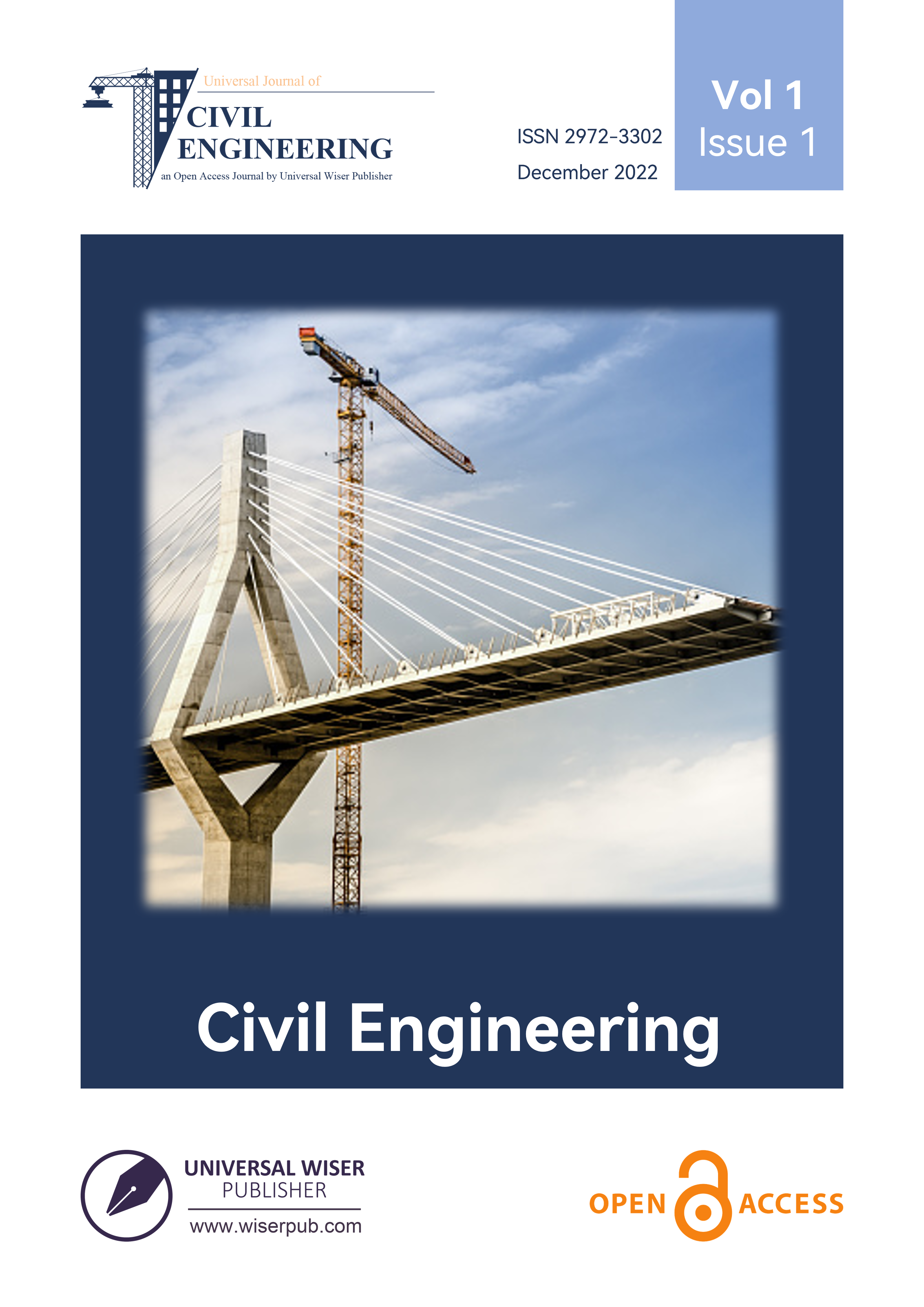Experimental Simulation of Fluidity State Evolution from Slow Earthquake to Strong Earthquake
DOI:
https://doi.org/10.37256/ujce.1120221800Keywords:
Granular material, Slow earthquake, Fluidity state, Triaxial tests, Dynamics trainAbstract
Slow earthquakes have been frequently detected in the neighboring regions of seismogenic zones. However, the physics underlying the connection of slow earthquakes to huge earthquakes remains one of the least understood aspects in seismic research today. By observing the strain time evolution of granular materials in laboratory experiments, we report that the fluidity parameter, which represents a time dependent rate for strain evolution, can be rejuvenated under progressively increasing dynamic loading and this physical quantity finally reaches a critical threshold state, and beyond that catastrophic and uncontained dynamic strain response begins. Moreover, memory effect and anti-fluidization effect in granular materials are also observed, and these effects underlay the long-term slip events preceded some strong earthquakes, including 2011 Mw 9.1 Tohoku earthquake and 2014 Mw 8.1 Iquique earthquake. The observations indicate the key role of development of fluidity state on connecting slow earthquakes and to full-scale earthquakes.
Downloads
Published
Versions
- 2022-12-23 (4)
- 2022-12-07 (3)
- 2022-12-07 (2)
- 2022-10-28 (1)
How to Cite
Issue
Section
License
Copyright (c) 2022 Lihong Tong, et al.

This work is licensed under a Creative Commons Attribution 4.0 International License.


